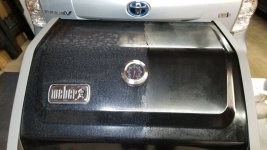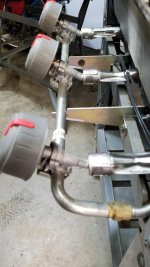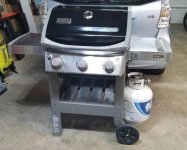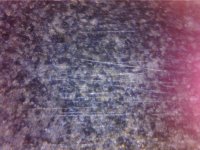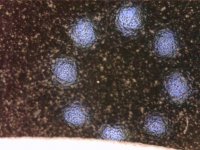Joe Anshien
TVWBB Platinum Member
So I found what I thought was a great deal on a 2019 Spirit a few weeks ago. I got it for $60 and picked it up at night. Well I lost a front knob and thermometer on the way home (found the knob the next day retracing my route where I had hit a bump). The next day I go to scrape it down and realize it was natural gas and not propane. I just finished the grill and will probably wait until a little nicer weather to advertise it. I have $110 in it and hope to get $200. A while back I got some oil on a grill and it darkened it and could not get the spots off even with dawn. This grill for being so new had the Weber fade in a bad way. You can see in the pics below what a little vegetable oil can do for the hood. I also have 3 original NG orifices for a 2019 Spirit if someone needs. They will be $25 with free shipping which is what I paid for the new ones.
